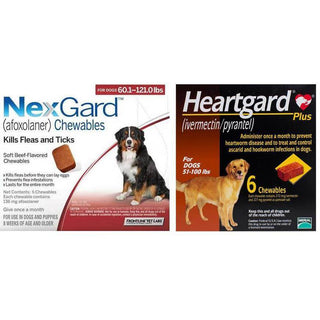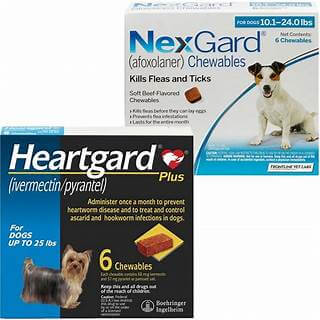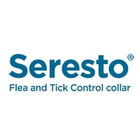
Introduction
Just like humans, dogs can develop allergies to certain foods — and the symptoms can often be confusing. Many pet owners mistake food allergies for general stomach issues or skin problems, when in fact, their dog’s immune system is reacting to something in their diet.
If your dog frequently scratches, has ear infections, or suffers from digestive problems, food allergies might be to blame. Understanding the signs and taking the proper steps can make a big difference in your dog’s comfort and health.
What Is a Dog Food Allergy?
A food allergy happens when your dog’s immune system mistakenly identifies a specific ingredient as harmful. This reaction can cause inflammation, skin irritation, or digestive distress.
The most common food allergens for dogs include:
- Chicken
- Beef
- Dairy products
- Eggs
- Wheat
- Soy
- Lamb
- Fish (less common but possible)
Unlike food intolerances, which affect digestion, true food allergies trigger an immune response that can affect the skin, ears, and even behavior.
Common Signs of Dog Food Allergies
Food allergies can show up in different ways, and symptoms often develop gradually. Watch closely for these potential signs of trouble:
1. Persistent Itching and Scratching
If your dog scratches constantly — especially around the paws, face, or ears — it may not just be fleas or dry skin. Food allergies are a common cause of chronic itchiness that doesn’t improve with topical treatments.
2. Ear Infections
Recurring ear infections are one of the most overlooked symptoms of food allergies. If your dog keeps shaking their head or scratching their ears and you notice a foul odor or discharge, it could be an allergic reaction.
3. Skin Issues
Food allergies can lead to red, inflamed, or flaky skin, often accompanied by hair loss. Dogs with allergies may also develop “hot spots” — areas of irritated, moist skin caused by excessive licking.
4. Digestive Problems
Symptoms like vomiting, diarrhea, or excessive gas can signal a sensitivity to certain ingredients. Some dogs also experience soft stools or frequent bowel movements when reacting to an allergen.
5. Behavioral Changes
Dogs in discomfort may show restlessness, irritability, or decreased energy levels. If your dog suddenly seems “off” or unusually tired, an allergic reaction could be the reason.
How to Confirm a Dog Food Allergy
Identifying which ingredient is causing the allergy can be tricky. However, veterinarians recommend a few reliable methods:
1. Elimination Diet
This is the most effective way to diagnose a food allergy. You’ll need to feed your dog a novel protein and carbohydrate — ingredients your dog hasn’t eaten before — such as duck and sweet potato, for 8–12 weeks.
If symptoms improve during this period and return when you reintroduce the old diet, you’ve likely found the culprit.
2. Veterinary Testing
Some vets may suggest blood or saliva tests, but these are not always accurate on their own. They’re best used alongside an elimination diet to narrow down potential allergens.
3. Keep a Food Journal
Note everything your dog eats — meals, treats, supplements, and even table scraps. This helps track patterns and identify possible triggers more easily.
Treatment and Management of Food Allergies
While there’s no permanent cure for food allergies, managing them effectively can keep your dog symptom-free and happy.
1. Switch to Hypoallergenic or Limited-Ingredient Diets
Hypoallergenic foods are specially formulated to reduce the risk of allergic reactions. Limited-ingredient diets use fewer components, making it easier to spot what your dog can tolerate. Look for formulas with novel proteins, such as venison, kangaroo, or salmon.
2. Avoid Common Allergens
Once you know what ingredient causes the issue, check all labels carefully — even treats and supplements. Hidden allergens in snacks or flavored medications can trigger reactions again.
3. Support Skin and Gut Health
Including omega-3 fatty acids from sources such as fish oil or flaxseed oil can help reduce inflammation and promote healthier skin. Probiotics can also strengthen your dog’s gut, improving digestion and immunity.
4. Regular Vet Checkups
Schedule routine vet visits to monitor progress and adjust the diet if necessary. Your vet may also recommend topical creams, antihistamines, or medicated shampoos to ease skin irritation.
Tips to Prevent Future Allergic Reactions
- Introduce new foods gradually to observe any side effects.
- Avoid feeding your dog processed human food or table scraps
- Stick to high-quality, balanced diets approved by your veterinarian.
- Provide plenty of fresh water to aid detoxification and digestion.
- Keep your dog’s coat clean and skin moisturized to minimize itching.
When to See a Vet
If your dog’s symptoms are severe — such as swelling, hives, breathing issues, or continuous vomiting — seek immediate veterinary help. These symptoms may indicate a severe allergic reaction (anaphylaxis) that needs immediate veterinary attention.
Final Thoughts
Dog food allergies can be frustrating, but they’re entirely manageable with patience and proper care. By understanding your dog’s unique dietary needs, identifying triggers, and working with your vet, you can ensure your furry friend enjoys a happy, active, and healthy life.
Remember, every dog is different. The right approach to diagnosing and managing food allergies can take time — but your efforts will make sure that your furry friend enjoys a lifetime of happiness and vitality.






